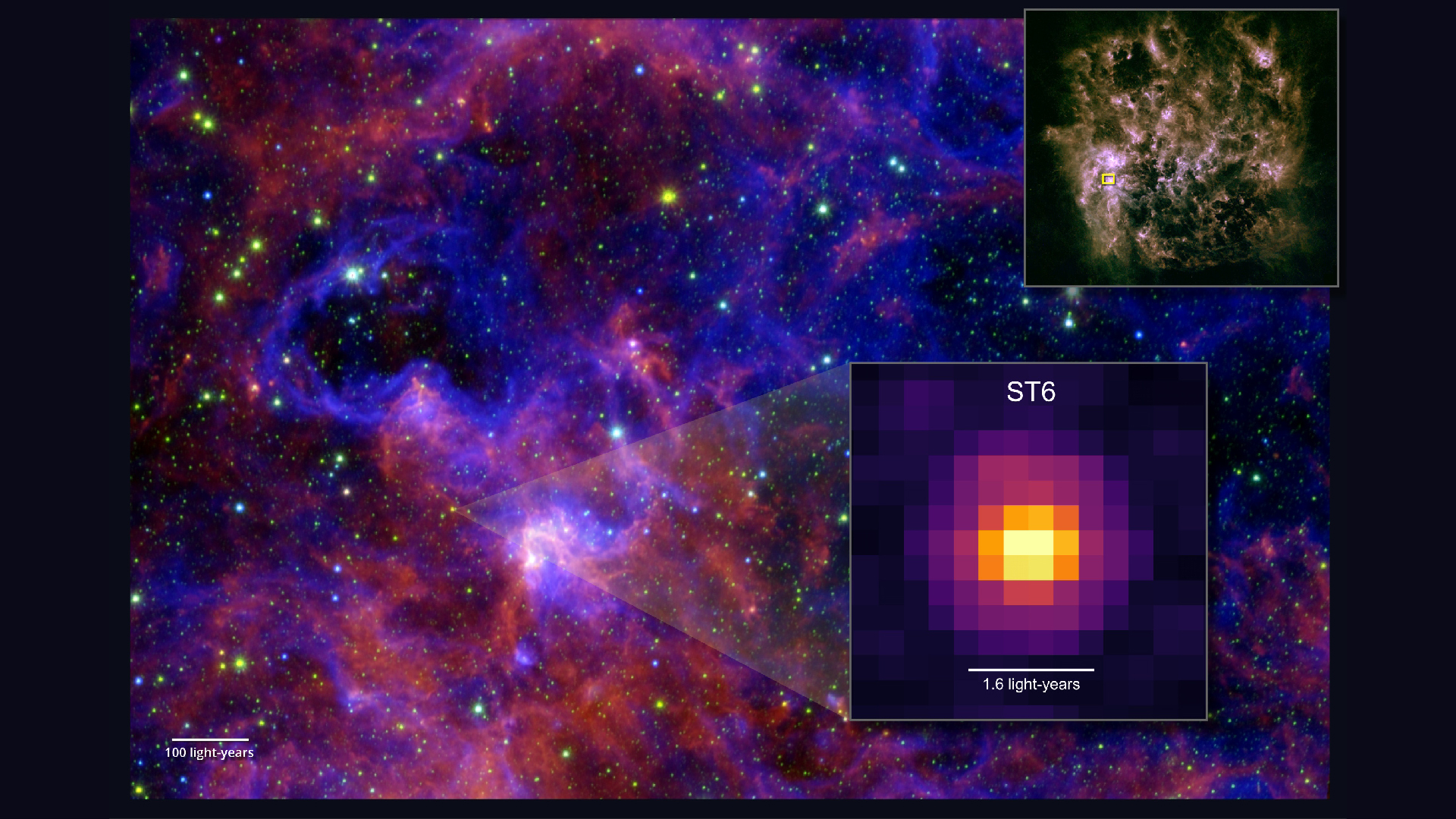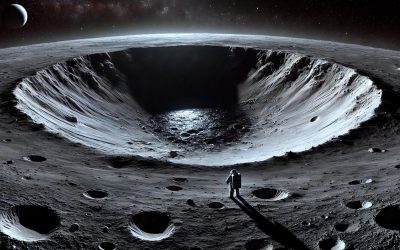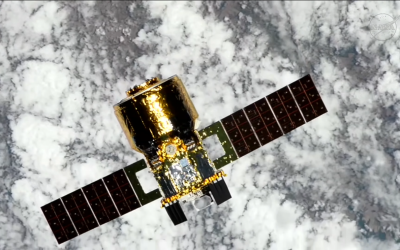In a groundbreaking astronomical achievement, scientists have, for the first time, detected multiple complex organic molecules vital for the formation of life. These crucial chemical building blocks were found embedded within the icy material orbiting a star located beyond our own Milky Way galaxy.
New observations from the James Webb Space Telescope (JWST) have unveiled five substantial carbon-based compounds orbiting a protostar in the Large Magellanic Cloud. This satellite galaxy of the Milky Way is now home to a discovery that could significantly advance our understanding of how complex molecules emerged in the early universe. Researchers detailed these findings in a study published October 20 in the Astrophysical Journal Letters.
The Large Magellanic Cloud, a dwarf galaxy situated 160,000 light-years from Earth, is a prominent member of the Local Group — the gravitationally bound cluster of galaxies that also encompasses our own Milky Way. This celestial neighbor is distinguished by its dense population of hot, exceptionally luminous stars, which inundate the galaxy with powerful ultraviolet radiation. Furthermore, it possesses a significantly lower abundance of elements heavier than helium when compared to the Milky Way. These unique characteristics offer astronomers a valuable insight into the conditions believed to have prevailed in galaxies during the universe’s nascent stages.
According to Marta Sewilo, an astronomer with the University of Maryland and NASA’s Goddard Space Flight Center, insights gleaned from the Large Magellanic Cloud are vital for comprehending more distant galaxies from the universe’s nascent period. She emphasized that the LMC’s challenging conditions illuminate how complex organic chemistry can emerge in primitive environments, even with a scarcity of heavy elements such as carbon, nitrogen, and oxygen essential for chemical reactions.
In March 2024, astronomers utilized the advanced capabilities of the James Webb Space Telescope (JWST) to observe ST6, a nascent star situated within the Large Magellanic Cloud. Employing the telescope’s infrared instruments, researchers made a significant discovery: five complex carbon-based molecules embedded within the frigid ice surrounding the developing stellar body. The identified organic compounds include methanol, acetaldehyde, ethanol, methyl formate, and acetic acid.
A groundbreaking discovery involves acetic acid, the main component of vinegar, which had never before been conclusively identified in space ice. Its detection marks a significant first for researchers. In contrast, methanol was the only one of the five molecules in question that had previously been detected in protostars beyond our Milky Way galaxy.
Before the advent of the Webb Telescope, methanol was the only complex organic molecule definitively identified in the ice surrounding protostars, a consistent observation even within our own galaxy, according to Sewilo. He emphasized that the remarkable quality of their new observations enabled the extraction of an unprecedented amount of data from a single spectrum, far exceeding any previous information yield.
The research team additionally identified potential signals consistent with the presence of glycolaldehyde, a chemical compound that, while intriguing, requires further study for definitive confirmation. Glycolaldehyde is of particular interest as it can react with other molecules to produce ribose, a vital sugar. Ribose, in turn, is an essential building block of ribonucleic acid (RNA), a cornerstone molecule fundamental to all known life.
The detection of complex molecules within the Large Magellanic Cloud provides compelling evidence that chemical reactions on the surfaces of cosmic dust grains can generate intricate compounds, even under extremely harsh conditions, according to the research team. This significant finding offers new insights into astrochemical processes in challenging environments.
Moving forward, the scientists plan to broaden their investigation, actively searching for these specific molecules and similar structures around other nascent stars, or protostars, both within our Milky Way galaxy and in nearby galactic systems.
The discovery marks a significant stride in comprehending how intricate chemistry emerges throughout the universe, concurrently unlocking new avenues for research into the origins of life, Sewilo affirmed in the statement.







